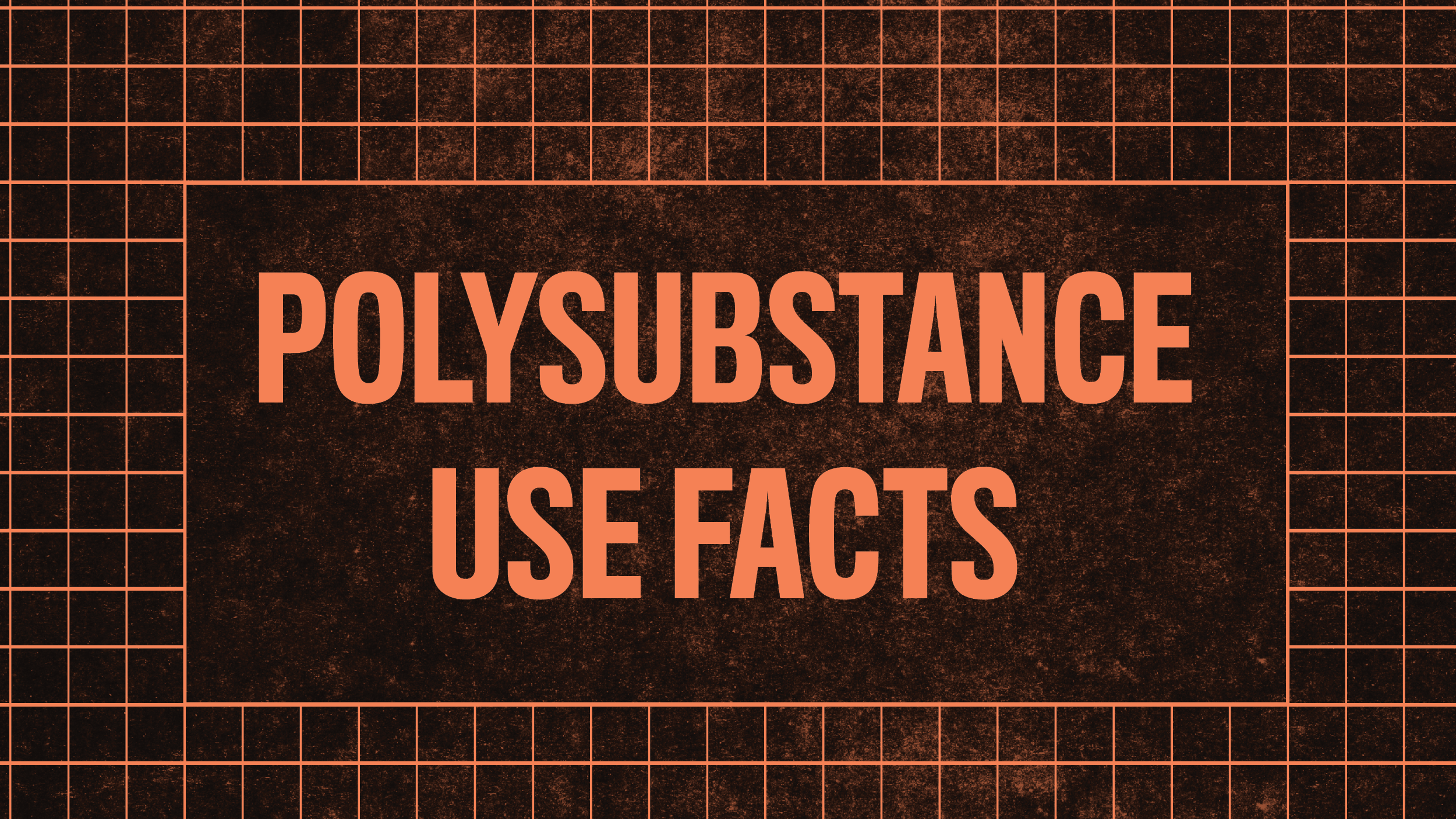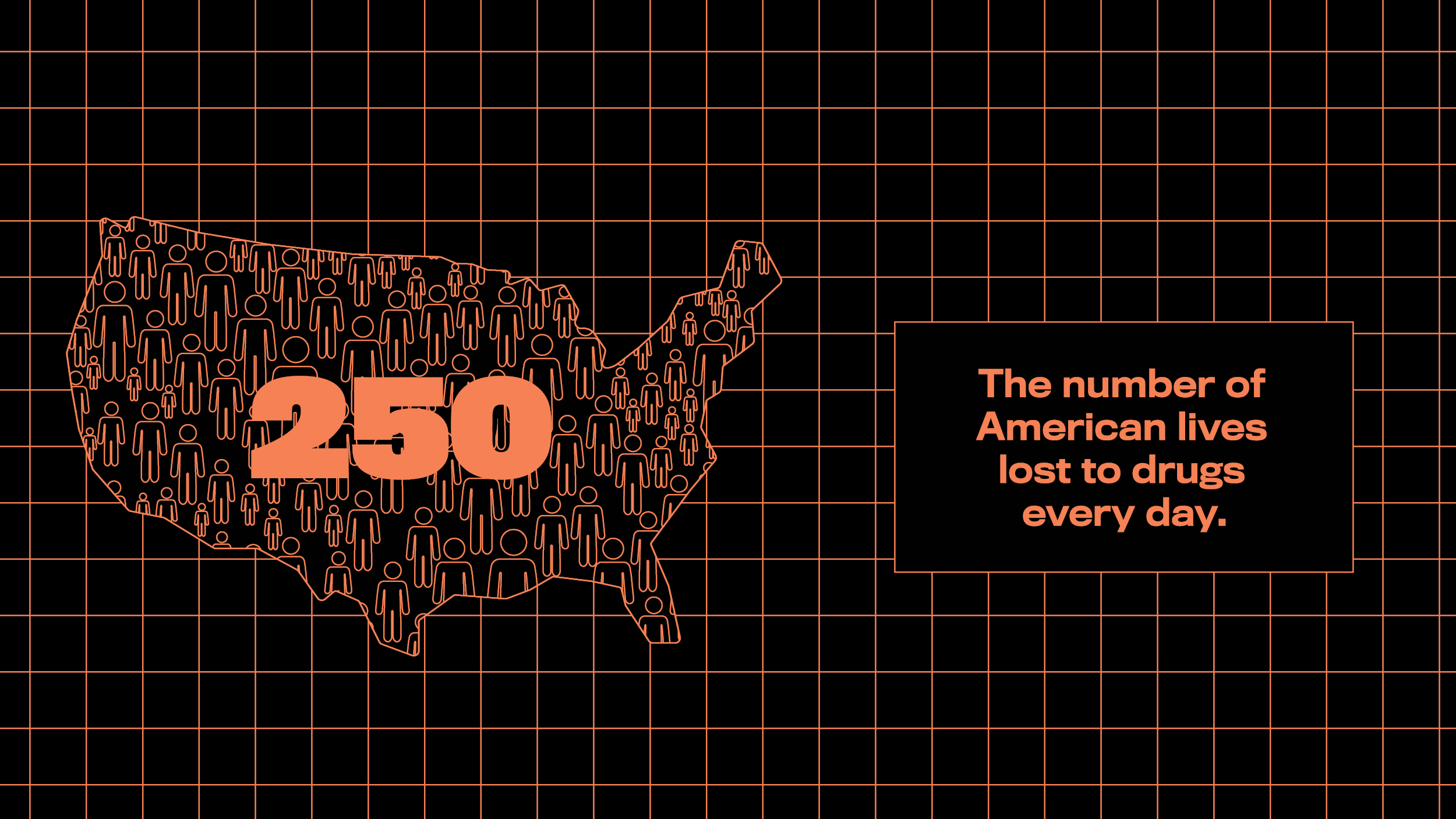At a glance
- Polysubstance use occurs when two or more drugs are taken together, either intentionally or unintentionally.
- Learn about the risks and consequences of mixing different types of drugs.

What is polysubstance use?
The use of more than one drug, also known as polysubstance use, is common.1 This includes when two or more are taken together or within a short time period, either intentionally or unintentionally.
Intentional polysubstance use occurs when a person takes a drug to increase or decrease the effects of a different drug or wants to experience the effects of the combination.
Unintentional polysubstance use occurs when a person takes drugs that have been mixed or cut with other substances, like fentanyl, without their knowledge.
Whether intentional or not, mixing drugs is never safe because the effects from combining drugs may be stronger and more unpredictable than one drug alone, and even deadly.
What about prescription drugs?
Get the facts
Increased risk — In 2022, nearly half of drug overdose deaths involved multiple drugs.2

The dangers of polysubstance use
Mixing stimulants and depressants
Stimulants (also known as uppers) can increase your heart rate and blood pressure to dangerous levels.
Examples of stimulants: ecstasy (MDMA), cocaine, methamphetamines, amphetamines (speed)
Depressants (also known as downers) can slow down your breathing.
Examples of depressants: opioids (heroin, morphine, oxycodone, hydrocodone, fentanyl), benzodiazepines
Mixing stimulants and depressants doesn't balance or cancel them out. In fact, the results of combining drugs are unpredictable, often modifying or even masking the effects of one or both drugs. This may trick you into thinking that the drugs are not affecting you, making it easier to overdose.
Drinking alcohol while using other drugs
Drinking alcohol while using other drugs isn't safe. Alcohol is a depressant with similar effects to other downers. Mixing alcohol with other drugs can increase your risk of overdose and serious damage to the brain, heart, and other organs.3
Related resources
- Video: Mixing drugs is not worth the risk of overdose
- Video: Be your own advocate when it comes to preventing overdose
- Video: Help keep yourself and others safe from overdose
- CDC Podcast – The Risks and Consequences of Polysubstance Use [MP3 – 11 MB]
- Polysubstance Use Facts [PDF – 6 MB]
- Explore and download polysubstance use and other educational materials on CDC's Overdose Resource Exchange.
- Compton WM, Valentino RJ, DuPont RL. Polysubstance use in the U.S. opioid crisis. Mol Psychiatry 2021;26:41–50. doi:10.1038/s41380-020-00949-3
- Centers for Disease Control and Prevention. State Unintentional Drug Overdose Reporting System (SUDORS). Final Data. Atlanta, GA: US Department of Health and Human Services, CDC; 2024, March, 8. Access at: https://www.cdc.gov/overdose-prevention/data-research/facts-stats/sudors-dashboard-fatal-overdose-data.html
- National Institute on Alcohol Abuse and Alcoholism. Harmful Interactions: Mixing Alcohol with Medicines Website. https://www.niaaa.nih.gov/publications/brochures-and-fact-sheets/harmful-interactions-mixing-alcohol-with-medicines Accessed March 8, 2024.
